Day 2 - Arrival + Balvanera / Caballito
Arrival
The plane approached Buenos Aires from the
north. We traveled down the Río de la Plata, which provided those sitting
on the window seats with an excellent view of the city. Fortunately, my
seat mate, who was sitting by the window, wasn't interesting in the view, so I
could watch as we landed. It was clear and sunny day outside, a refreshing
change to the overcast that shrouded Atlanta. The flight arrived on
schedule at Aeropuerto Internacional
Ministro Pistarini, more commonly known as Ezeiza. There was a short taxi to
the gate, which was a nice change from the ½-hour journeys at most US airports.
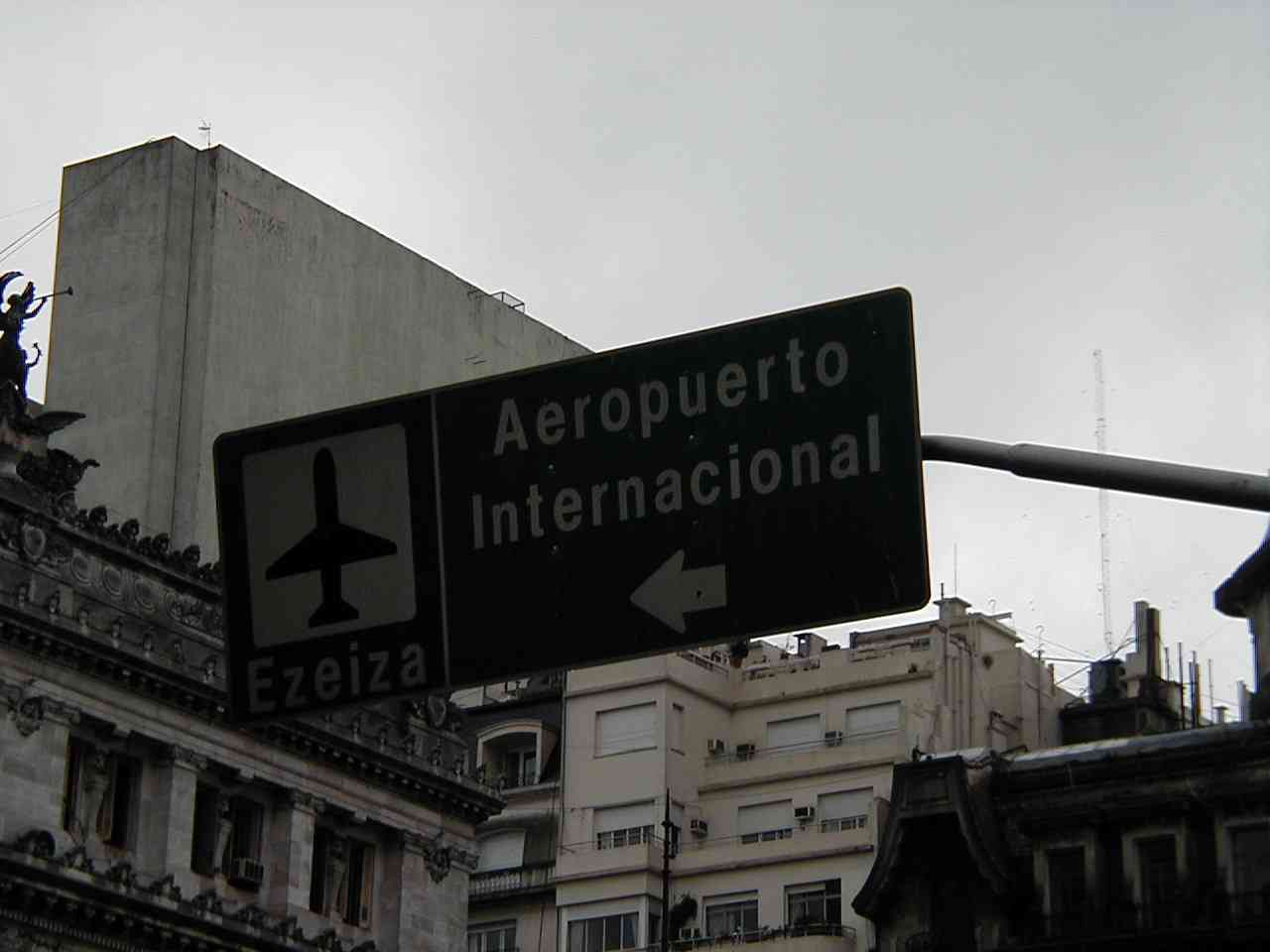
Passport and immigration control was chaotic. The holding area was about 10 meters square, too small for a full B767-300 plane of passengers. Shortly after we arrived, a TAM flight from Brazil arrived, adding about 100 additional passengers to the cramped quarters. Delta did not have any immigration forms, so we had to wait for the officials to bring extra forms to us. I was one of the last people from my flight to clear immigration control, which was about an hour after we landed. But I really had no place to be, so I waited calmly.
After clearing immigration, I collected my bag and exchanged money at one of the two Global Exchange booths near baggage claim. I had heard rumors that Argentine pesos were difficult to access in the city, so I exchanged enough for the entire trip at this counter. (I later found these rumors to be untrue; currency exchanges were easy to find and use, as were ATM machines). After completing all of these tasks, I cleared customs, which, like most other Latin American countries, involves pressing a button to determine whether your bags are searched. If the light turns green, then you are free to pass. If it's read, however, you must visit with a customs officer. Fortunately, I drew the green light.
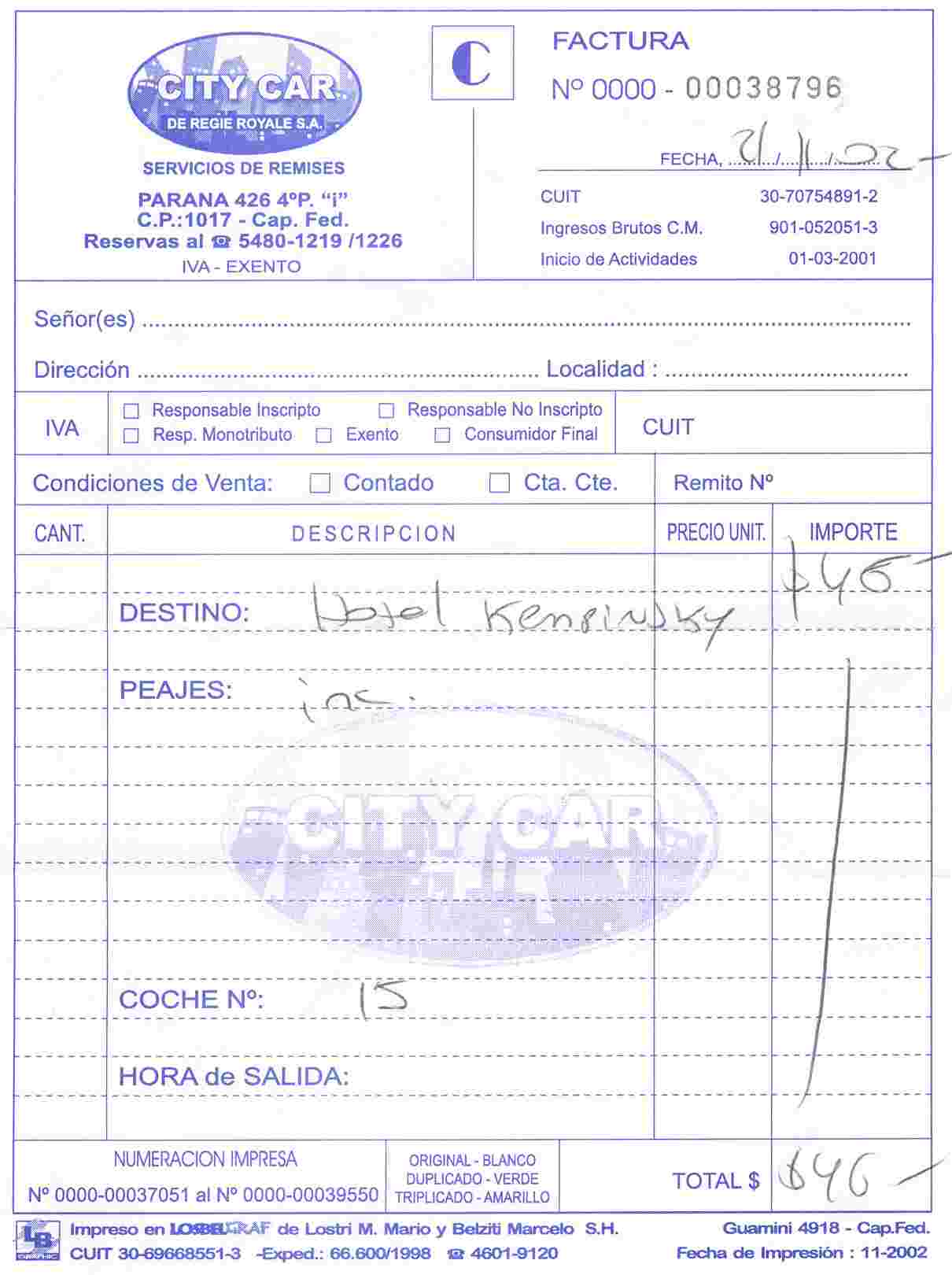
There were two transport companies just outside of customs that will arrange rides for travelers into the city. The first booth was City Car, so I selected them; the other is Manuel Tienda León, which is a far larger operation. Both are priced at US$14 to reach the city, so it didn't make any difference to me. Once I paid my fee, the porter escorted me to the waiting area outside, where he flagged down a regular cab. We packed the bags in the trunk, and we were on our way.
As expected, the cab driver spoke very little English. But that didn't prevent him from trying to converse with me. While we were driving into the city, he told me that his son was studying at a Mormon seminary in Utah - this topic was catalyzed by the Mormon church that we passed on the route.
The roadway that links the airport with the city is a highway that is kept well-maintained through the collection of tolls. Because of the economic situation, the tollway is not used much, so there is little traffic. The road has some historical significance - it was the scene of a bloody battle in 1973 between left-wing urban guerillas and right-ring Perónists. The Perónists were awaiting the return of Juan Perón from exile in Madrid; he had just been elected to a third term as president.
After a 45-minute journey through several barrios, we arrived at the hotel - the Kempinski Park Elegance Hotel in Recoleta. Unless I had the address written in my journal, we never would have found the hotel. It does not stand on its own, rather it is wedged between apartment buildings. I checked into the hotel, got situated in the room and took a two-hour nap. I was feeling a bit tired, so I figured that a short nap would reinvigorate me.
Balvanera
It was my intention to wander the barrios of
Balvanera and Caballito on my first afternoon in Buenos Aires. Balvanera
is composed of a number of historically-important sub-barrios, including Abasto
and Once.
The first stop on my journey was the headquarters of Aguas Argentinas, the company that provides potable water and wastewater treatment for the capital region. The headquarters are housed in the Palacio de las Aguas Corrientes, which translates to the palace of running water. The building was designed by Swedish architect Karl Mystönner and built between 1887 and 1894. The façade is covered with 170,00 blue glazed tiles from Belgium, while 130,000 enameled bricks from England were used to construct the building. The building is topped with a mansard-style roof tiled with green slate from France. Originally named the Obras Sanitarias de la Nación, the building is considered one of the finest examples of late 19th century Buenos Aires architecture.
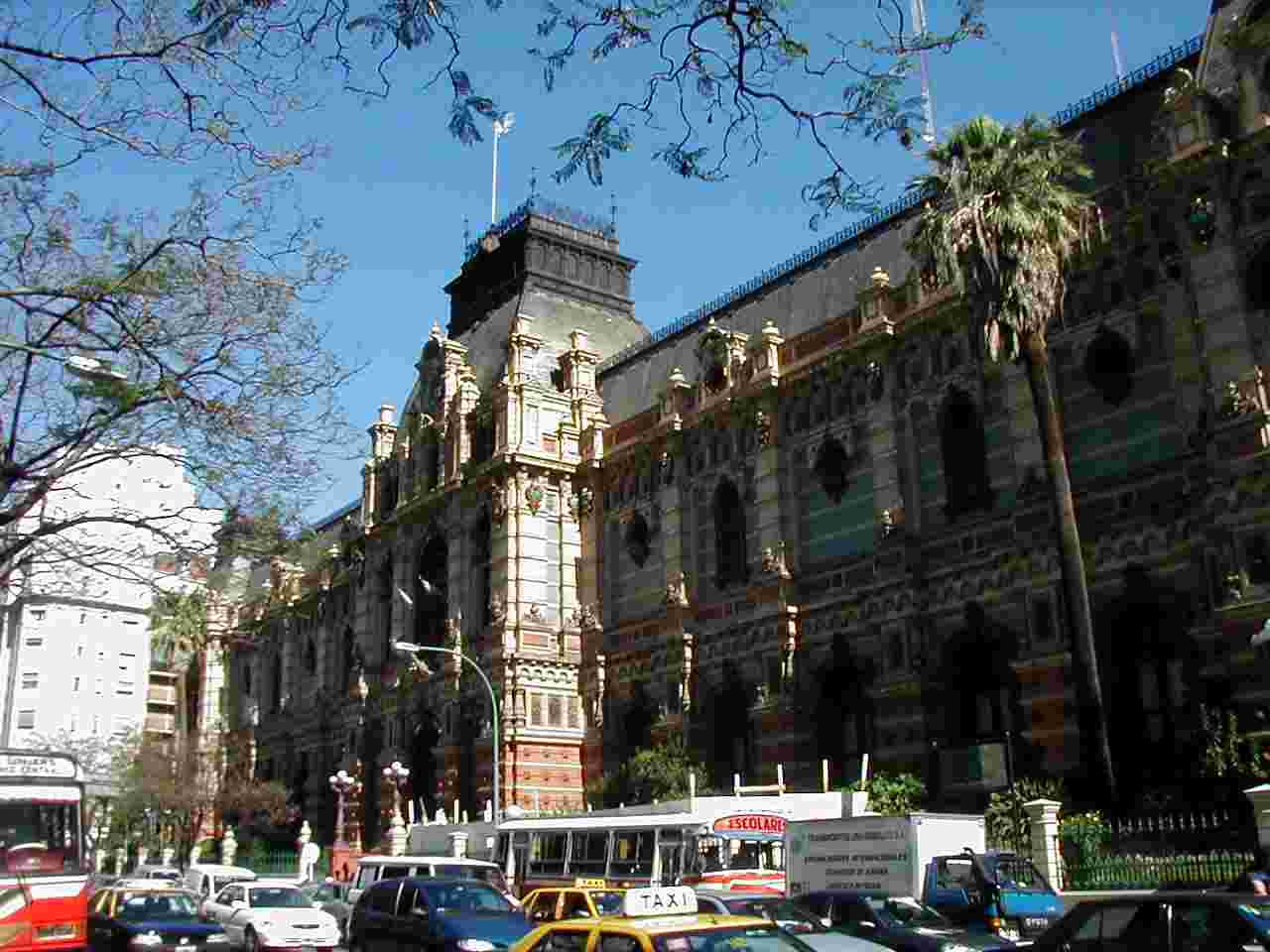
As shown in the picture above, the building is quite unique for this city modeled after Paris; the palm trees give the location an almost tropic feel. The building contains a small museum, the Museo del Patromonio Aguas Argentinas, which was not open when I visited. It can be accessed through the client entrance on Avenida Ríobamba on the east side of the building.
In order to reach the next major destination, I passed through the Abasto neighborhood. After years of decline, which saw the area turned into a haven for prostitutes and cocaine addicts, the neighborhood is being regentrified. It was once home to Carlos Gardel, considered by many to be the most famous tango singer in history. His former home, located at Avenida Jean Jaures 735 currently is being converted into a museum. The house appeared to have a central courtyard that could be used for playing the songs and showing the dance that he made so popular.
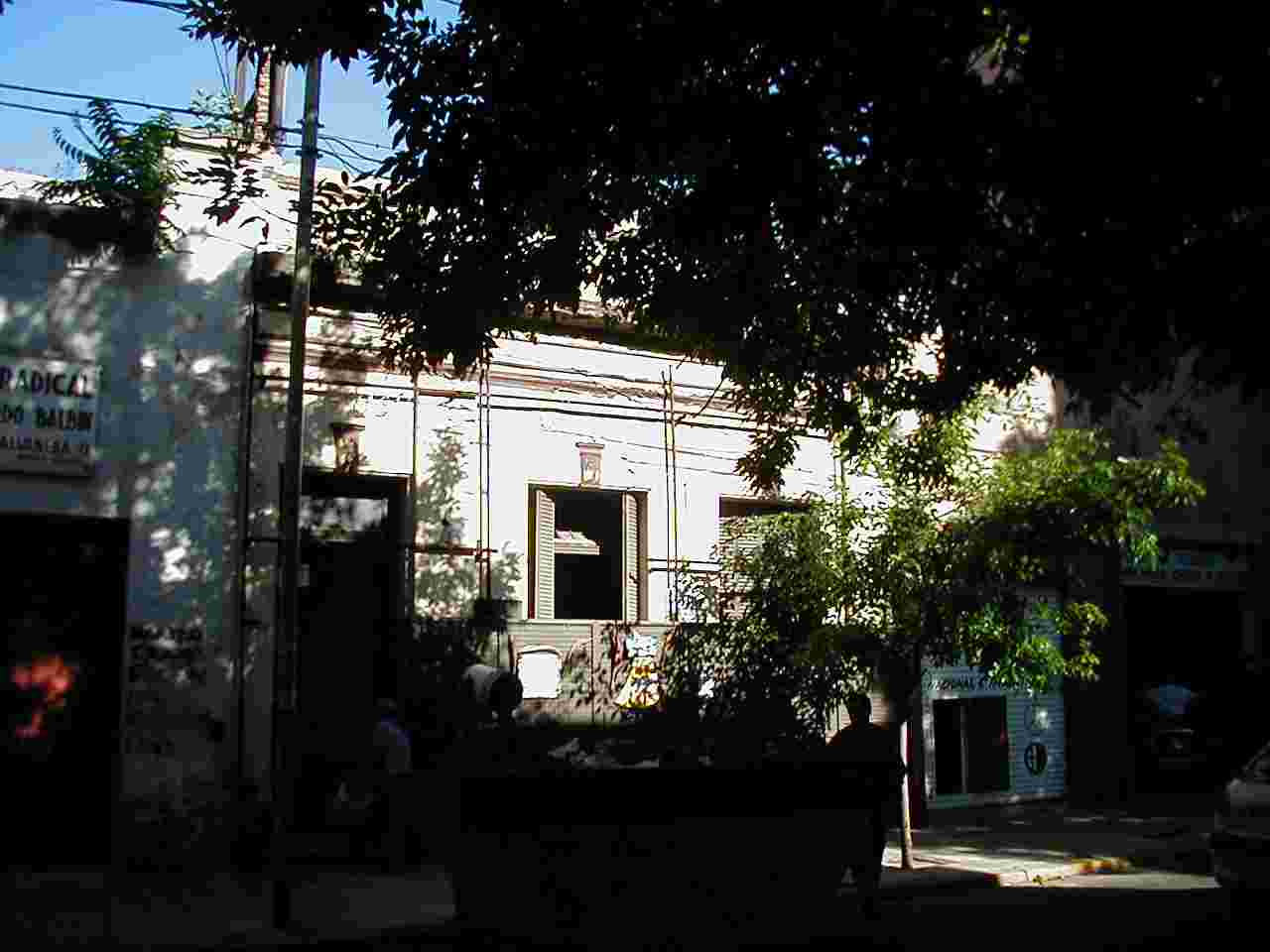
The Mercado de Abasto is quickly becoming a focal point of the neighborhood. In 1895, the site was first used for the city's fruit-and-vegetable market. In 1930, it was decided to replace the market with a larger building. Designed by the architecture firm Delpini, Sulsio and Besque, the Mercado de Abasto was constructed between 1930 and 1934. When it was opened, it was the central wholesale market for the city. In 1984, the market was abandoned, which caused the aforementioned decline of the neighborhood.
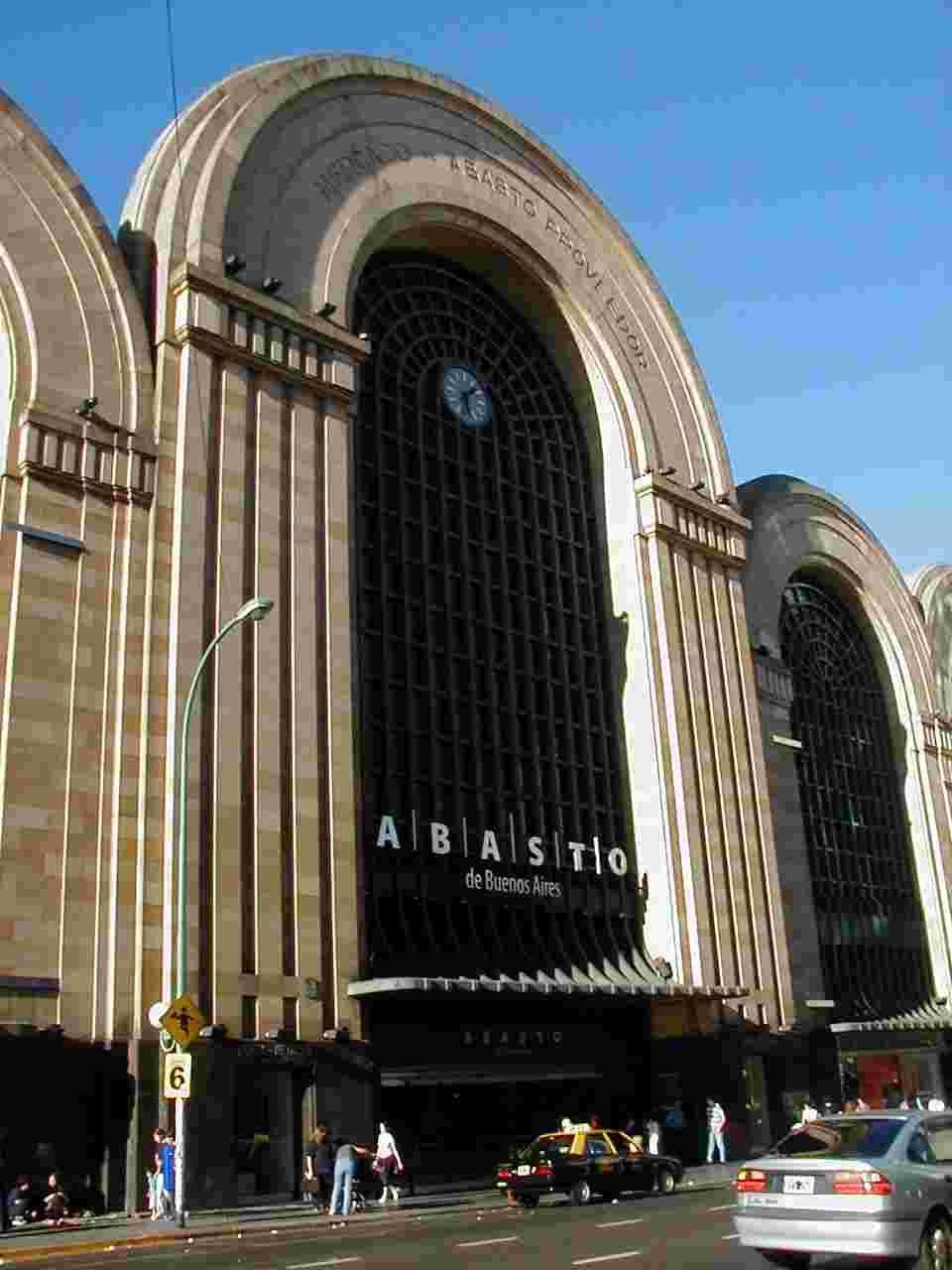
In 1998, financed by Hungarian-American investor George Soros, the building was converted into the Mercado de Abasto shopping center. The four-story structure has 120,000 square meters of shopping space, which houses 186 stores. The top floor has a food court and children's amusement area. It really is a beautiful shopping space, with large areas dedicated to entertainment space. There is an artisan's market on the second floor, but is has mainly bric-a-brac merchandise.
After walking through the shopping mall, I headed south to the Estación Once and the adjacent Plaza Miserere. The railroad station is also known as the Ferrocarrill Sarmiento and the travel guides consider it an architectural gem of the Once neighborhood. At one time, the station may have been a gem, but now it serves as proof of the city's decaying infrastructure. Also known as Plaza Once, Plaza Miserere serves as a congregating point for the neighborhood. In the middle of the plaza is a statue to Bernadino Rivadavia, a former president of the republic. The rather flat structure is home to a number of stray cats, who, like the men and women in the plaza, have come to watch the world pass by. From the plaza's subway station, I took the A-Line to the Primera Junta stop in the Caballito neighborhood.
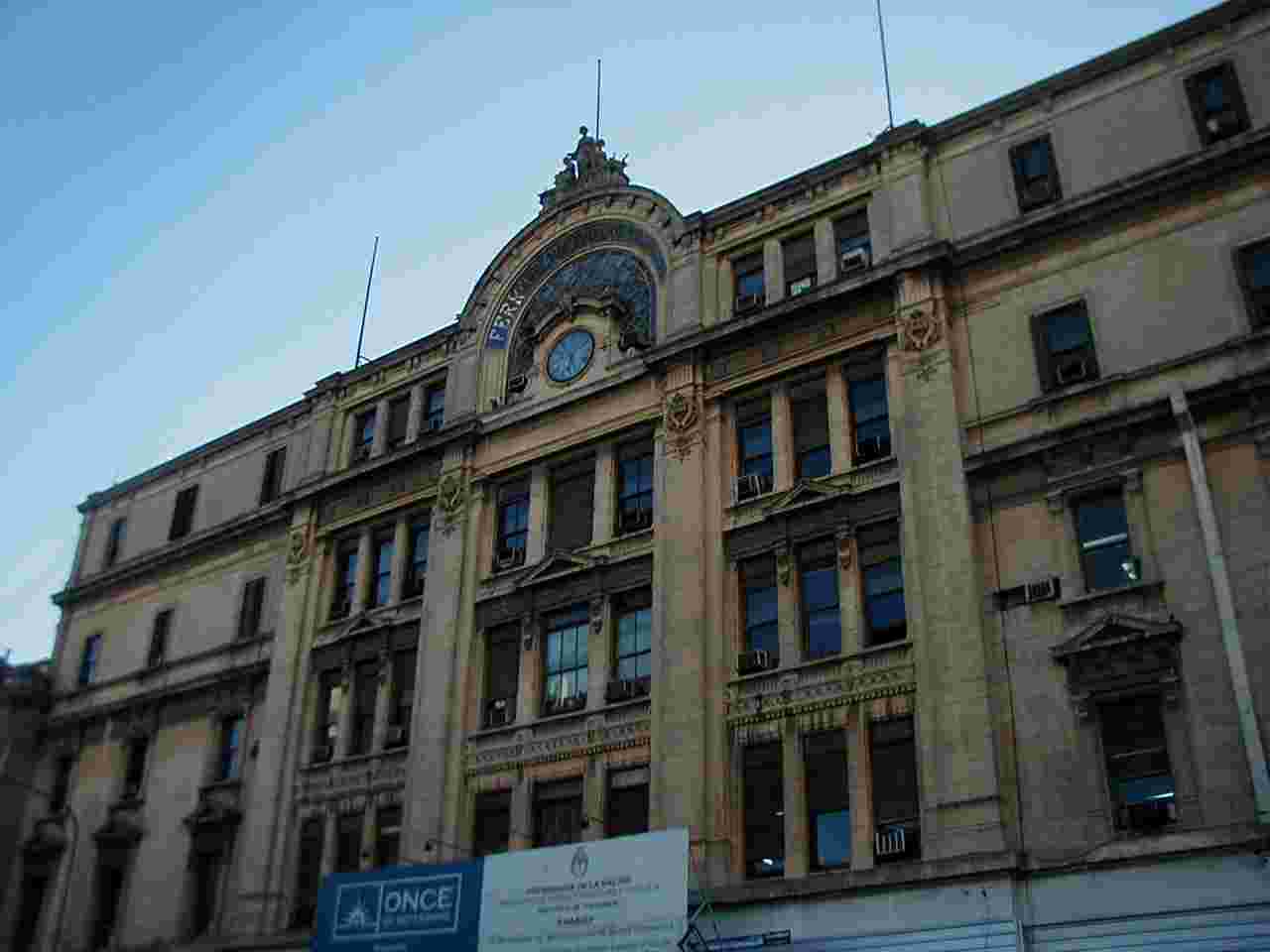
Caballito
In Caballito, I walked by the stadium for the Ferrocarrill
Oeste football club. Unfortunately, there wasn't much to see, except
through the fence. There were a number of sports activities occurring on
fields in the complex - football (soccer), baseball and field
hockey.
Located near the stadium is the Primer Museo Historico Ernesto Che Guevara, which celebrates the life and death of a Latin American revolutionist. Unfortunately, the museum was closed, so I wasn't able to see the exhibits.
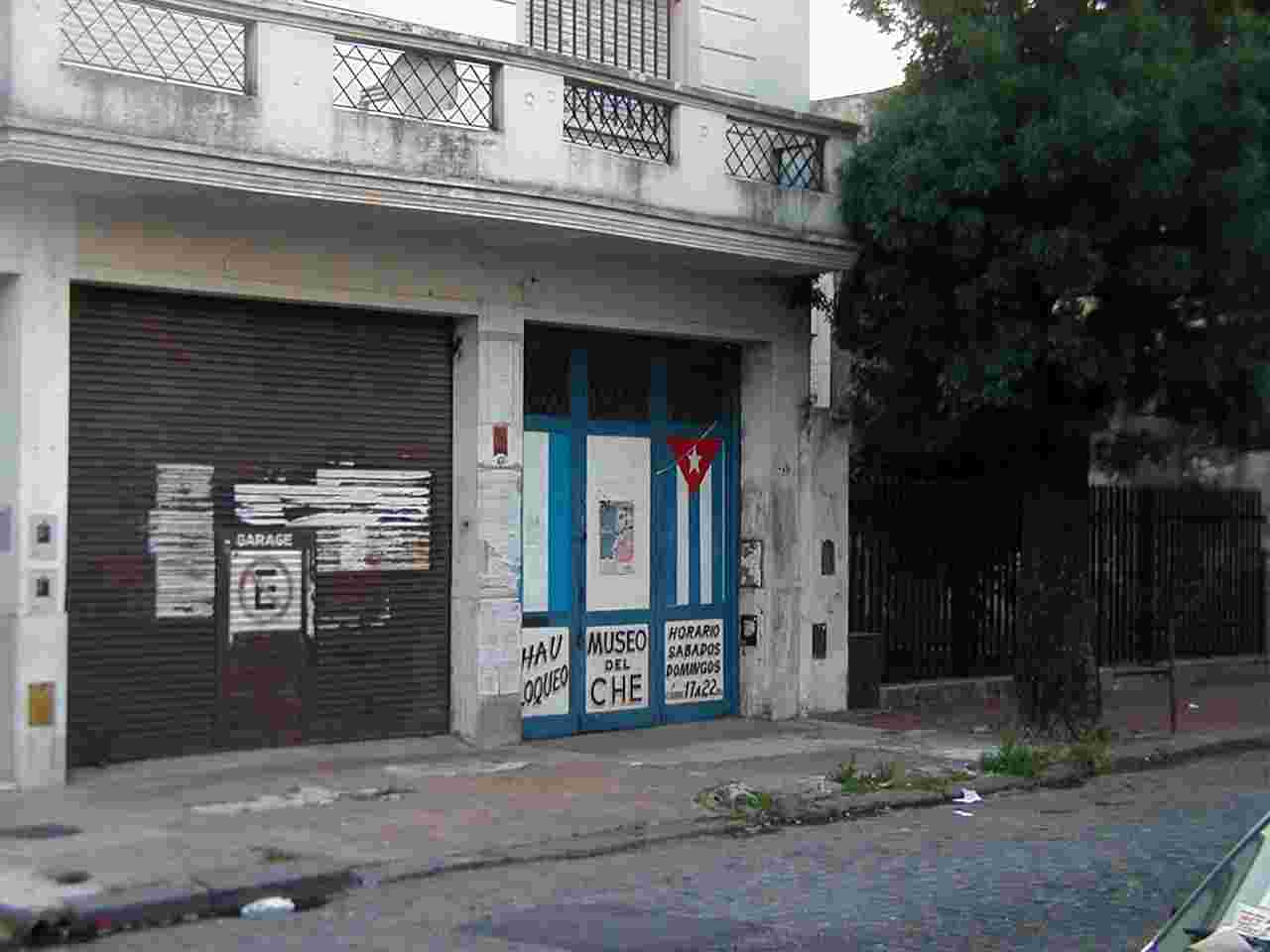
Other museums in the area, which I also did not visit, include the Museo de Esculturas Luis Perlotti and the Museo de Ciencias Naturales Bernardino Rivadavia.
Because it was starting to get dark, I decided to head back to the hotel to get ready for dinner. I took the Subte back to my starting location - I took the subway in the wrong direction and had to exit at the first stop to reverse my direction. I took a shower and headed out for dinner. I decided to explore Recoleta, because I had read many positive reviews about the restaurants near the cemetery - seems ironic, doesn't it. I had dinner at Los Inmortales, a local pizza joint. It is Wishlinski-family tradition to eat pizza on the first night in a new city, so I decided to continue the custom. I sat at my table, drank my beer, ate my pizza and chronicled the day's events.
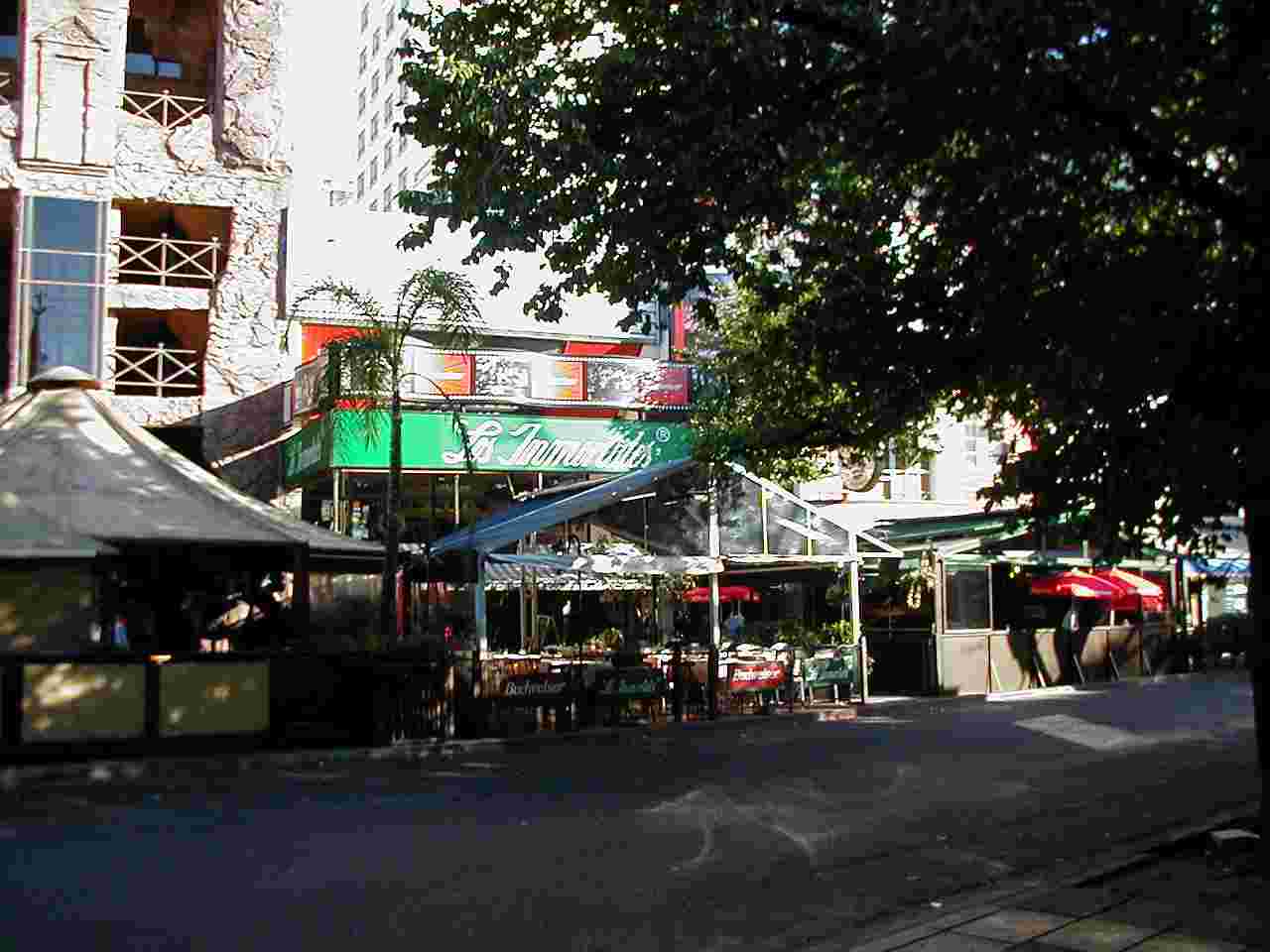
I was in bed by midnight and fell asleep watching my
favorite Latin American television station - Sony
Entertainment Television.
Click here to proceed to Day
3 - Retiro / San Nicolás or return to the Argentina
main page.